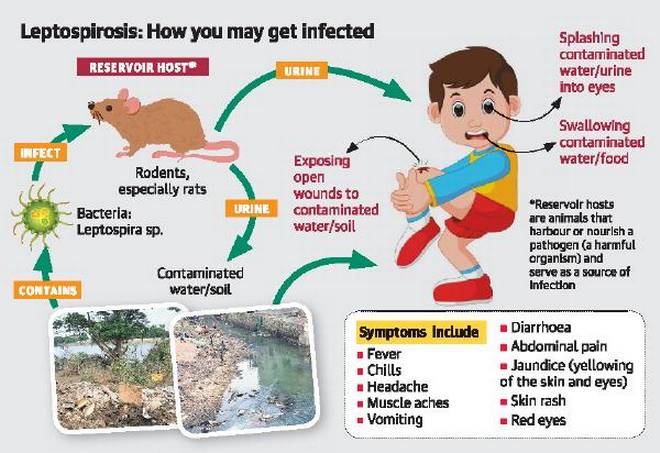CHARLOTTE AMALIE — After the first human case of leptospirosis was reported in the territory following Hurricanes Irma and Maria, the U.S. Virgin Islands arbovirus surveillance system (VIASS) was created to include leptospirosis surveillance and two more cases were identified, according to a study published in Open Forum Infectious Diseases.
Contaminated cistern water was identified as a possible source for transmission, underlining the need for further post-hurricane assistance and disinfection guidance.
Leptospirosis is a potentially fatal bacterial disease, caused by gram-negative, pathogenic Leptospiraspirochetes. Found in animal urine as well as water and soil contaminated by animal urine, outbreaks often occur after extreme weather events.
About 2.5 months after hurricanes Irma and Maria, the first-ever human case of leptospirosis was identified in the U.S. Virgin Islands; two additional cases were identified by reviewing hospital emergency department patient records and testing symptomatic patients who were previously enrolled in VIASS during the 2.5 months between Hurricane Irma and this investigation, as a result of the symptom overlap between other arboviral diseases and leptospirosis.
Any patient with leptospirosis-consistent symptoms had their stored sera samples tested, and prospective case-finding was established through VIASS by revising the questionnaire and adding leptospirosis testing for suspected cases.
Leptospirosis testing included serum screening locally for anti-Leptospira IgM using a rapid diagnostic lateral flow assay, followed by confirmatory testing with the microscopic agglutination test at the Centers for Disease Control and Prevention (CDC) in Atlanta.
In addition, training sessions were held across the U.S. Virgin Islands to discuss the updated VIASS and inform healthcare providers about the clinical signs and symptoms of leptospirosis and its diagnosis and risk factors.
At least 80 percent of the U.S. Virgin Islands population uses rainwater cisterns for household use because sources of freshwater are uncommon. Using epidemiologic links to confirmed leptospirosis cases, water was collected from cisterns and tested by TaqMan real-time polymerase chain reaction (qPCR) for pathogenic Leptospira spp.
Some 16 symptomatic patients enrolled in VIASS were retrospectively identified, and 15 tested negative. A review of emergency department charts (n=5226) found six patients who required further investigation; of these, five were tested and one was positive.
Prospective leptospirosis VIASS surveillance led to the testing of 57 additional patients and one positive case was found among these. Water from one of the five tested cisterns was found to be positive, although negative tests do not necessarily rule out the presence of Leptospira spp because the pathogen is heterogeneously distributed in water.
The researchers detailed the three cases of leptospirosis in humans, and noted that all cases demonstrated exposure to water sources that had a direct link to contamination with animal urine, and/or feces. All cases demonstrated positive results on rapid diagnostic tests and confirmatory qPCR, and microscopic agglutination testing for Leptospira spp.
The investigation may have missed some cases because only patients seeking care at US Virgin Island healthcare facilities were eligible for investigation, and 78.2 percent of possible cases (61 of 78) were unable to be tested by the microscopic agglutination test, were missing onset dates, or could not have serum collected.
Despite the limitations of time and resources, the investigators concluded, “The results of our epidemiological and laboratory investigation demonstrated the suitability of a syndromic surveillance network, such as the existing VIASS, to be used as a platform for the development of leptospirosis surveillance based on the often nonspecific and overlapping clinical signs and symptoms with other diseases, such as those caused by arboviruses.
The use of a system that already was well-known among the local medical providers in combination with the extensive educational campaign on leptospirosis facilitated successful surveillance and led to the detection of the third case.”
Leptospirosis is a rare bacterial infection we get from animals. It’s spread through their urine, especially from dogs, rats and farm animals. They may not have any symptoms, but they can be carriers. In most cases, leptospirosis is unpleasant but not life-threatening, like a case of the flu.
Reference
Marinova-Petkova A, Guendel I, Strysko JP, et al. First reported human cases of Leptospirosis in the United States Virgin Islands in the aftermath of Hurricanes Irma and Maria, September-November 2017[published online June 5, 2019]. Open Forum Infect Dis. doi: 10.1093/ofid/ofz261
SOURCE: Infectious Disease Advisor



